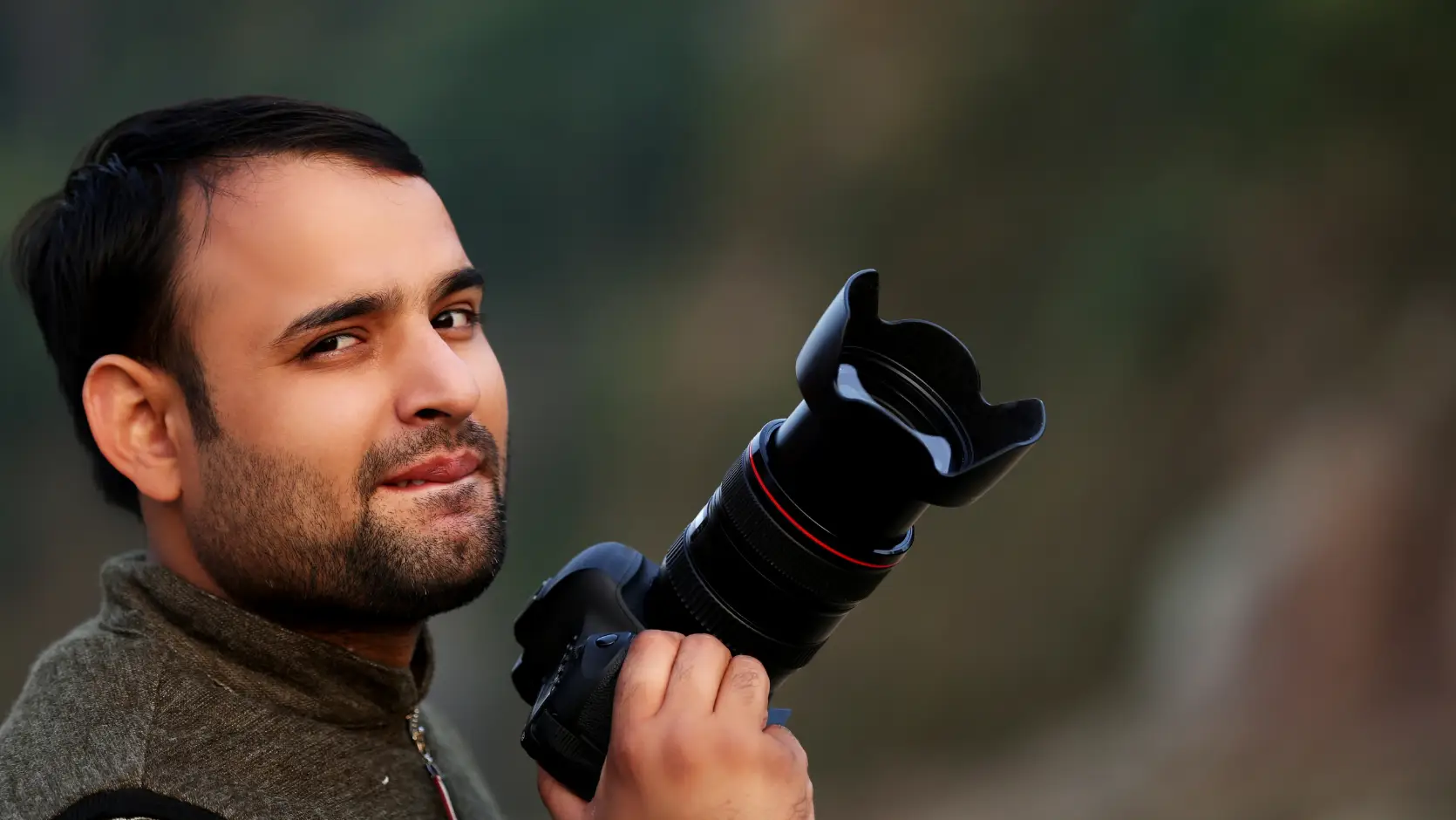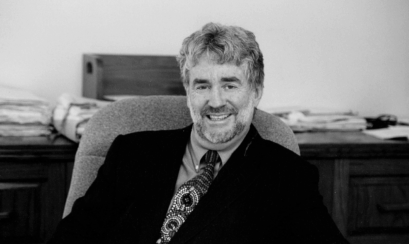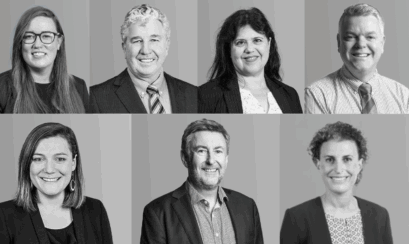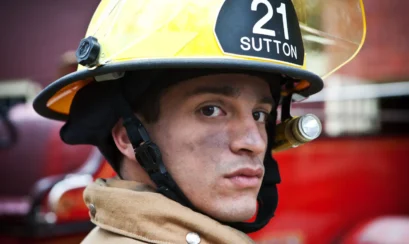Unforeseen level of interest in legal aspects of photography
A dozen years ago, an item was published on our website about the legal aspects of photography, When photos break the law – your rights when taking photos. It attracted an unforeseen level of interest, such that in 2019 a revised and updated version was published, Photography and the law – when is it illegal to take a photo?
Interest continued unabated. Readership stayed high. Since the initial publication, more than 150 enquiries have been made by readers about specific aspects of the issue, or situations they had encountered.
Recently, we thought it was about time for another update. A common thread through criticisms of the law is that it does not adequately keep up with societal changes, especially those stemming from technological developments.
Coronial inquiry into Bondi Junction stabbings
Coincidentally, at about the same time, wide publicity was given to an aspect of the aftermath of a tragic incident, which emphasised one of the central themes of our writing, both in published items and answers to enquiries.
This is that very frequently, the use to which a photograph is put is much more significant than the circumstances of its taking.
This tragic incident was the 2024 murder of six people in a shopping mall in Sydney’s eastern suburbs. The commencement, in the first half of 2025, of the coronial inquiry into the deaths was widely publicised, particularly because the father of one of the victims made public his opposition to the inquest.
This was mainly on the basis that the six who were killed, and their killer, all being now dead and the circumstances of their deaths widely known; there was not much left for a coronial inquiry to find out.
Relative sues media outlets for publishing victim’s photo without permission
The father – a prominent businessman – also commenced legal action against a range of media outlets that had published a photograph of his daughter in connection with reporting on his objection to the inquest.
Photographs of the daughter (together with photos of the other five who died) were widely published in the immediate aftermath of the mass killing.
There was at the time no reported objection from any relative, including the businessman, possibly reflecting the standard practice of outlets to seek permission for publication from grieving relatives.
However, some months later, the businessman commenced action. In opening the case for the businessman, prominent Senior Counsel Sue Chrysanthou SC was reported as saying that copyright claims were “pretty straightforward: someone owns the photo, someone uses it, and there’s either permission or there isn’t”.
Photographer as creator and owner of photographs
In each of the two previous articles, it has been emphasised that copyright (a specific element of the more general concept of “intellectual property”) in a photograph is owned, in the absence of special circumstances, by the person who takes it, because the photographer is held to be the creator of a work which is by nature creative.
While the overwhelming majority of today’s point-and-shoot photographs could hardly be described as involving much creativity, it cannot be denied that many photographs are works of art, and some are very famous.
Permission sought to publish photos of crime or accident victims
When a newspaper or TV channel uses photographs of people injured or killed, the outlet routinely seeks permission from relatives. The motivation generally has little to do with copyright or fear of legal action, but is mainly out of respect for the feelings of family members.
Typically they are photos taken long before the newsworthy event, and in some cases the identity of the person who took the photo may not even be known with certainty.
A family member may “own” a photograph in the same way that an art collector “owns” a purchased painting: the ownership is of the item itself, and not of the intangible property that the law holds to be owned by someone who has originally created the painting.
At the time of writing of this third version of the photography article, it remains to be seen whether the action commenced against the media outlets creates new law, but it certainly underscores the point that the use to which a photograph is put is legally just as important as the circumstances of its taking.
Further, the simple fact that legal action has been commenced demonstrates the changeability of this particular aspect of the law.
What is special about photography?
Photography and videography represent a relatively recent development in human history – the capacity to instantly capture precise, lasting images of people or objects from a distance without requiring significant expertise. Despite being commonplace for several generations now, this technology initially appeared almost supernatural to those experiencing it for the first time.
Some indigenous communities across the Americas and Australia initially avoided and feared photographs, believing they trapped the subject’s soul within the image – a reaction that seems somewhat understandable.
Certain fundamentalist Christian groups expressed concern that photographs might violate the Biblical Second Commandment’s prohibition against creating “graven images.”
Photography is unique
While these weren’t the specific concerns raised by our readers, many varied questions about privacy aspects emerged in their inquiries.
Photography stands out for its unique ability to impact subjects from considerable distances, often without their awareness of being photographed.
Unlike sound recording, which typically requires close proximity to capture clear audio, photography can document subjects from afar.
The challenges posed by photography today are undoubtedly complicated by social media’s pervasive influence throughout contemporary life. So how might we determine whether taking and using a photograph violates legal boundaries?
Legal framework for photography
Common law has evolved gradually by applying foundational principles to new situations, building precedents over time. Legal professionals often examine these underlying concepts when analysing novel circumstances.
Several key principles can help narrow the range of possibilities, even if they don’t provide definitive answers to every potential scenario.
Understanding rights, obligations and liberties
Legal discourse often appears divided between rights and obligations, but a third category exists: liberties.
Obligations must be fulfilled – for instance, you’re obliged to vote. Rights can be exercised against others – with few exceptions, you have the right to deny entry to unwanted visitors to your home.
Liberties occupy the middle ground. These are actions you may take, provided you don’t infringe on another’s rights or fail to meet your obligations. You’re free to walk down the street, but must still follow traffic regulations; you cannot demand access to a properly closed street.
You may carry your camera or phone while walking and are at liberty to photograph anything or anyone, even from within your own property. However, this represents a liberty rather than a right.
Factors affecting legality of photography
The primary factors affecting the legality of photography are:
- The location where the image was captured
- The photographer’s intent
- How the image was used (or intended to be used)
Location where photograph is taken
Generally, photography is permitted in public spaces like streets, parks, beaches, and on property you own or control (such as rented premises).
While venues like concert halls or sporting arenas might seem public, they differ from truly public spaces like parks. Entry typically requires a ticket, creating a contractual relationship with the owner/operator, potentially including photography restrictions, regardless of enforcement levels.
When you are on someone else’s property, you’re present with their permission, so photography should only occur with explicit consent.
Photographer’s intent in taking photo
If location isn’t problematic, the reason for taking photographs typically doesn’t matter.
However, voyeuristic purposes – capturing images of private activities for sexual gratification – likely constitute an offence under the NSW Crimes Act 1900, regardless of location. Distributing “intimate images” may also violate this legislation.
Conversely, legitimate purposes can help justify photography. For example, a parcel courier photographing someone’s property without permission merely to confirm delivery during the owner’s absence represents a legitimate purpose that should mitigate criticism.
Use or intended use of photograph
The reason why a photograph is taken and the use to which it is put are different things.
A photograph may have been taken simply out of personal curiosity, but if it is subsequently used for an untoward purpose, trouble may result.
Photos, videos and copyright infringement
While individuals don’t hold copyright in their own image (as copyright applies only to creative works), and photographs of public performances are generally acceptable, copyright problems may still arise.
Recording video of a band’s performance at a concert, even if venue rules prohibit photography, likely won’t cause problems if it is only viewed privately, though technically it appropriates someone else’s intellectual property.
However, posting such videos on platforms like YouTube infringes the band’s copyright and potentially reduces royalty income. Selling recordings on physical media for personal profit represents an even more serious infringement.
Although artists rarely pursue legal action, particularly against amateur recordings, it’s important to recognise that not all potential uses of your photographs or videos are legally protected.
Privacy concerns arising from photography
People often claim that capturing images in public places (such as photographs clearly showing a car’s license plate) constitutes a “privacy invasion.”
Sanctions under the Commonwealth Privacy Act 1988 are unlikely, since that legislation addresses different concerns, primarily the misuse of “personal information” beyond its collection purpose. Photographs themselves don’t constitute “personal information” under the Act.
Despite this, considerable psychological damage can be caused by what is commonly termed “invasion of privacy”. (For more information please see the 2020 article When our walls turn to glass – the end of privacy.)
In a very recent matter handled by the writer’s firm, video vision of a disabling medical incident suffered by a client at work was captured by body-worn cameras of a co-worker and then shared with others, to the client’s considerable distress.
This was in contravention of workplace procedures and, by any measure of civilised conduct, unacceptable. A complaint to a regulator has been made, but at the time of writing is not yet finalised.
Stalking and photos taken to inflict harm or discomfort
The incident referred to above was intentional as distinct from being accidental, but it was opportunistic insensitivity, rather than part of some deliberate campaign of harassment.
However if a photographic or video image, even if captured from a public place, is used as part of attempts to inflict harm or discomfort, there is a possibility of commission of an offence under the NSW Crimes (Domestic and Personal Violence) Act 2007.
Is the law about photographs up to date?
The law probably isn’t up to date.
The use of cameras mounted on drones, which most people would entirely reasonably think of as being harmfully invasive of privacy, is largely unregulated; and possibly controllable only if the images are put to some improper use.
The reach of social media continues to outstrip the capacity of the law to respond effectively.
Of course social media photo and video posts are captured, in a technological sense, by cameras, but current debates about toxic masculinity influencers, the effects of online pornography and the like really go beyond the topic of photography and the law as it was in the original publication on this subject.
The legal and societal questions raised by these things considerably transcend the issue of the kinds of devices on which images are captured.
In summary, each situation is of course different. The content of this article and the answers to reader questions below Photography and the law – when is it illegal to take a photo? may help you to get a better sense of whether taking or using some photograph or video of interest to you might be in breach of the law.
But if you need advice specific to your particular problem, it’s best to consult a lawyer.














